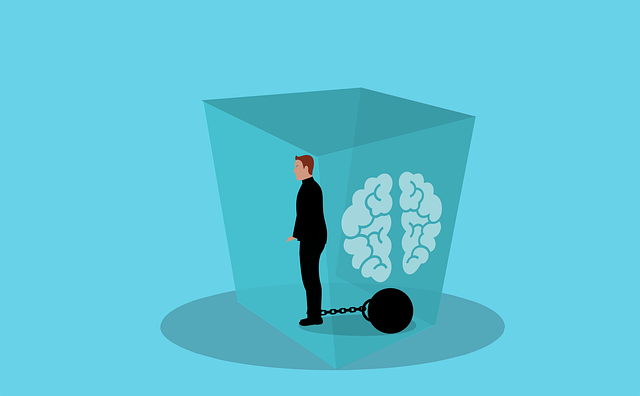New Delhi: World Mental Health Day is observed every year on 10 October to raise awareness about mental health issues, lack of proper infrastructure to support mental health patients and the social stigma faced by people suffering from mental illnesses. . This year’s theme is ‘Mental Health in an Unequal World’ and we reached out to Neerja Birla, founder and president of mental health NGO mPower, to share her thoughts on the same.
“Mental disorder does not discriminate between people – anyone can fall prey to it. So, why should there be discrimination in the care people receive? Sadly, we live in an unequal world where resources, opportunities and Solutions are unevenly distributed,” said Neerja.
Below are some of the key aspects of mental health conditions shared by Neerja Birla.
unequal access to mental health services
According to The Lancet, about 15 percent of global mental, neurological and substance abuse disorders occur in India. In 2017, 19.73 million people (14.3 percent of the population) had mental illnesses. Sadly, India also has the highest number of suicides in the world – 319 daily deaths in 2019.
In contrast, the number of mental health professionals in India is only up to 9,000 (0.75 per lakh population) and we have only 56,600 psychiatric beds for 135 crore people.


According to the National Mental Health Survey (NMHS), 80 percent of people with mental health disorders do not receive treatment for more than a year. Treatment intervals for various mental health disorders range from 28 percent to 83 percent. To close the treatment gap faster and faster, we need more hospitals, beds and trained personnel. We should also empower the mental health system with quality indicators.
how to bridge the gap
Every year 700 psychiatrists are graduating. But to bridge the current gap within 10 years, we need 2,700 annually. As of now, there is insufficient curriculum of mental health or psychiatry precipitated in medical colleges. Much more importance needs to be given to mental health studies. Online courses can increase reach to a great extent and help in bridging the gap rapidly.
The percentage of mental health concerns is even higher in rural India where treatment is hardly available. A partnership between psychiatrists, psychiatric social workers, anthropologists, NGOs and local volunteers can play an important role in making mental health accessible to a larger population.
the gender aspect of mental health illness
The prevalence of eating disorders is significantly higher in women, along with depression and anxiety disorders. The association between depression and suicide death is even greater in women. 38 percent of working women in India show symptoms of mental illness, while only 26 percent of women do not work. In this unequal world, women are clearly even more disadvantaged. Steps need to be taken to look at women’s mental health from their perspective and find solutions specific to their needs.
According to the NMHS, mental illnesses disproportionately affect families with low income and employment and low education levels. The average expenditure on treatment and travel care by families is around 1,000-1,500 per month. There is a need to make mental health care more affordable in India. As per the Mental Health Act 2017 (MHA) directive, medical insurance is required to cover mental health interventions, including outpatient ones.
Difference in budget allocation between developing and developed countries
Developed countries spend 5-18 percent of the annual health budget on mental health care while India spends only 0.05 percent. After the MHA was passed in 2017, the budget for the National Mental Health Program was increased from Rs 3.5 million to Rs 5 million, but was later reduced to Rs 4 million. This is despite the fact that a survey showed a 367 percent jump in mental health questions even before the pandemic began. Funding for mental health needs to be increased rapidly and urgently to develop the infrastructure that is in dire need.
Two of the biggest challenges we have to overcome are lack of awareness and the stigma attached to mental health. Even educated people find it difficult to accept their mental illnesses. Furthermore, people with mental health issues are looked down upon and made to feel ashamed. This misinformation about mental health needs to be dispelled. People have to unite and actively raise their voice against stigma. A mental health concern is not a character flaw or personal failure. People with mental disorders can lead extremely productive lives and contribute members of society.
Language barrier to providing mental health treatment
The language barrier is also a major obstacle. All psychological and mental education vocabulary is in English. In such a scenario, the use of regional languages and colloquial language with the disadvantaged and uneducated sections of the society can create immediate rapport and trust, and speed up the process of creating awareness and promoting education.
.

